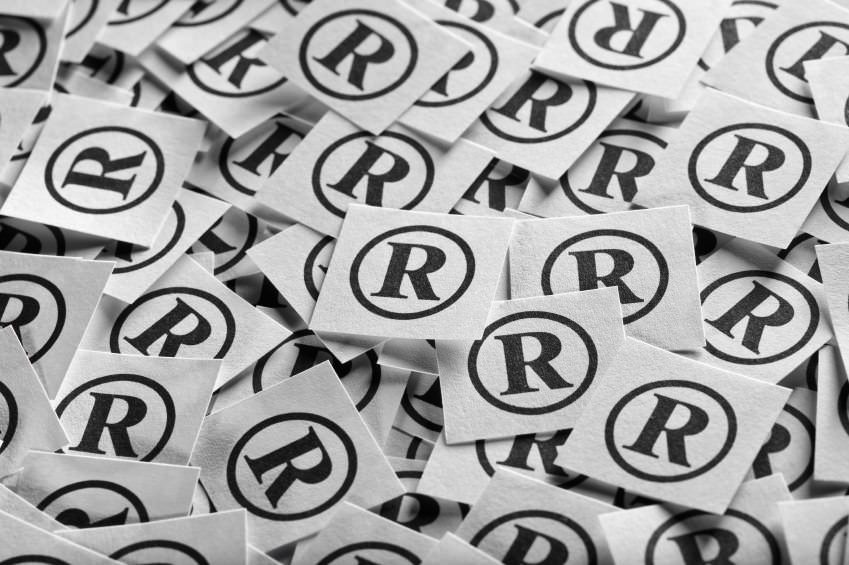
Since 1989, it is no longer required to use a brand in commerce before starting the process of filling for federal trademark protection. It is enough to have a bona fide intent to use the mark, to file. Of course, intents tend to occur in people’s mind, so how is the court to decide when one possesses the requisite intent, at the time of filing?
Courts give little credence to Applicants’ own testimonies as to their intention. Otherwise, the filing system would be subject to obvious abuse. Instead, bona fide intent is measured by objective factors. Thus, it is best practice to document, ideally at the time of filling, or within few months (9 months) of filing, one’s intention to use a mark.
Swatch AG v. M.Z. Berger & Co., Opposition No. 91187092 (September 30, 2013), illustrates the point. In 2007, and after only some internal brainstorming sessions about what an IWATCH mark could be and a related trademark search, the Applicant filed for the IWATCH mark. Months later, an IWATCH sales rep. had a 3 minutes discussion with a buyer as to IWATCH branded items – although it is questionable that said meeting even took place, as the Applicant’s own CEO testified to the contrary. Regardless, nothing further ever developed. No business plan, promotional activities, manufacturing efforts or even correspondence with any factories, suppliers, or distributors.
The Board held in SWATCH’s favor, refusing to register the IWATCH mark on the ground that the Applicant lacked the requisite bona fide intent to use the IWATCH mark.
Document Your Intent To Use The Mark.
The first take away is that, at the time of filling, trademark applicants should document their intent. Though the U.S. Patent and Trademark Office (USPTO) does not provide an exhaustive list of the types of evidence that may be used, a combination of 2 or 3 of the following is likely enough to adequately document’s one intent:
- Business Plans;
- Promotional activities;
- Market studies;
- Surveys, licenses, or purchase orders;
- Product or service research or development;
- Market research;
- Manufacturing efforts;
- Steps to acquire distributors;
- Steps to obtain required governmental approval;
- Correspondence with any factories, suppliers, distributors, sales agents, customers, designers, engineers, or buyers.
Importantly, an Applicant needs not go so far as to take “concrete steps to create and introduce a new product” to demonstrate the requisite intent. Senate Judiciary Committee Report on S. 1883, S. Rep. No. 100-515, p. 23 (Sept. 15, 1988). After all, if that much were required, the flexibility benefits of the intent-to-use path would be lost. But, at minimum, keeping a paper trail of all efforts deployed in furtherance of the applied-for-mark is important because your word alone won’t be enough to show good faith.
Swatch AG v. M.Z. Berger & Co. makes clear that merely providing as evidence those documents utilized during the trademark application process is deficient to demonstrate a bona fide intent. Indeed, the only documents the Applicant submitted were those related to the trademark application (i.e. an internal trademark search report, an internal email reporting communication with the Examining Attorney; and renderings of watches and a clock depicting the IWATCH mark, submitted to the PTO as samples of promotional materials). This was insufficient to demonstrate a bona fide intent.
Avoid Overbroad Intent-To-Use Applications.
The second take away is that it is generally a bad idea to register a trademark in connection with a laundry list of goods or services. Equally untoward is registering similar marks in bulk when one intends to only use one mark in the future. The trademark system cannot be used to merely reserve a right in a mark. Indeed, one of the purposes of the bona fide intent requirement is to prevent a “single business or individual from attempting to monopolize a vast number of potential marks on the basis of a mere statement of intent to use the marks in the future.” Senate Judiciary Committee Report on S. 1883, S. Rep. No. 100-515, p. 6 (Sept. 15, 1988). To that end, a genuine intent to use a mark is required.
In Swatch AG v. M.Z. Berger & Co., the Board noted that the application was filed in connection with a myriad of goods, thereby “leav[ing] all doors open.” That showed that the Applicant had no precise idea of how the mark would be utilized. Additionally, within a few years of applying for IWATCH, the Applicant also sought to register I-KIDZ, and IMOVE. These elements reinforced the Board’s resolve to find a bona fide intent lacking. As the Southern District noted elsewhere, “an overbroad application […] increases the chances that an opposer can prove by a preponderance of the evidence that there was a lack of bona fide intent.” Sandro Andy, S.A. v Light Inc., 12 CIV. 2392 HB, 2012 WL 6709268 (SDNY 2012).
Summing Up.
At its core, the Swatch AG v. M.Z. Berger & Co decision merely means that to demonstrate a bona fide intention to use a mark, something must be generated. As a result of this low threshold, a mere business plan, by itself, may be enough to repel challenges based on lack of bona fide intent. This also tells us that even those lacking the requisite intent can create the illusion of it by carrying out the simple task of, say, drafting a business plan.
Besides, another Board decision indicates that documents created as much as 9 to 11 months after the application was filed were successfully utilized to demonstrate a bona fide intent. See Lane Ltd. v. Jackson Int’l Trading Co., 33 USPQ2d 1351, 1355 (TTAB 1994). This generous timeframe leaves Applicants ample time to document their bona fide intention to use their marks.
[Importantly, this article only discusses the bona fide intent requirement, not the more exacting use requirement for which some of the activities described above would not suffice. That is, mere preparation and internal commercial activities are generally not sufficient to meet the use in commerce requirement.]

